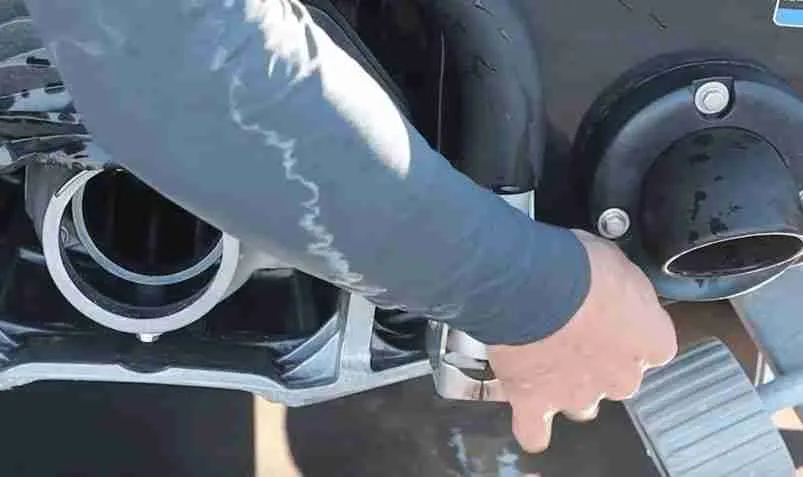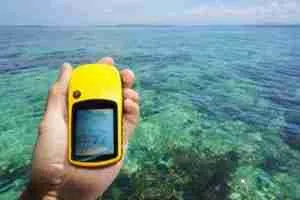Can run your jet ski when it isn’t in the water and is sitting on the trailer? There is a fear with some beginners that this can cause expensive engine damage.
In this guide, I hope to shine some light on this issue.
Can You Run Your Jet Ski Out Of Water?
Yes, you can run your jet ski when it’s out of the water and already on the trailer. Warning: You can only run your jet ski for 10 seconds maximum on land.

Jet skis are designed to run in the water, not on land. The water intake cools the engine and if you leave it running for too long, you risk overheating the engine.
The exception is Sea-Doo. They are unique in the market and our favorite brand of jet ski here at JetSkiAdvice.com though we love Yamaha as well! But the same rule does apply for these too.
Running Sea-Doo Jet Skis out of the water
Yamaha and Kawasaki use sea or lake water to cool the engine while Sea-Doo uses a closed-circuit system. It’s similar to how a car or truck works.
The exhaust system in a way still uses sea-water to cool down the engine so a Sea-Doo jet ski cannot be run out of the water for more than 10 seconds.
Sea-Doo jet skis also come with flush adapters so you can run the engine with a garden hose. To do this:
- Get your water hose ready and in position.
- Connect the water hose to your flush adapter but don’t turn it on yet.
- Start the engine of your jet ski
- Quickly (within 5 seconds) turn on the water hose
- Run the ski for just a little while to flush salt away
- Turn off your water hose
- Turn off your jet ski
Note: You should only be using mains or rainwater. Bore water can damage your jet ski.
The guide I’ve outlined also applies to Yamaha and Kawasaki but as always, I recommend you consult your operator’s manual. You can also call your local dealership who can advise on how to do this properly.
Risks of dry running
Overheating a jet ski is a very real risk if you start your jet ski and run it dry. Even 1 minute of running is enough to cause significant damage where your engine will need to be rebuilt and this could cost you thousands of dollars.
Hydro-locking your engine is also quite a reasonable risk and if you don’t do the flushing sequence as I’ve outlined above, then you may also cause some damage that can only be addressed at your local PWC dealer.
For some models, they actually don’t come with flush adapters strangely so you’ll need to buy one.
The Loud Jet Ski Sound
Does your jet ski sound crazy loud and running dry when you start it out of the water? Well, that’s actually quite normal. The pump requires water to float and because it’s on land, it is simply jumping around.
Secondly, your exhaust sound is muffled when submerged in water. When it’s on the trailer, well it sounds very dry.
Cleaning Properly
Most people start their jet skis on land to clean it properly. I’ve written an extensive guide on how to clean jet skis so your personal watercraft stays in tip-top condition.



![29 Best Jet Ski Accessories [#17 is Awesome]](https://www.jetskiadvice.com/wp-content/uploads/2020/05/Jet-Ski-Accessories-300x200.jpg)
![7 Best Jet Ski Life Jackets That Fit Well [2022 Guide]](https://www.jetskiadvice.com/wp-content/uploads/2020/05/Jet-Ski-Life-Jacket-GUide-300x200.jpg)



